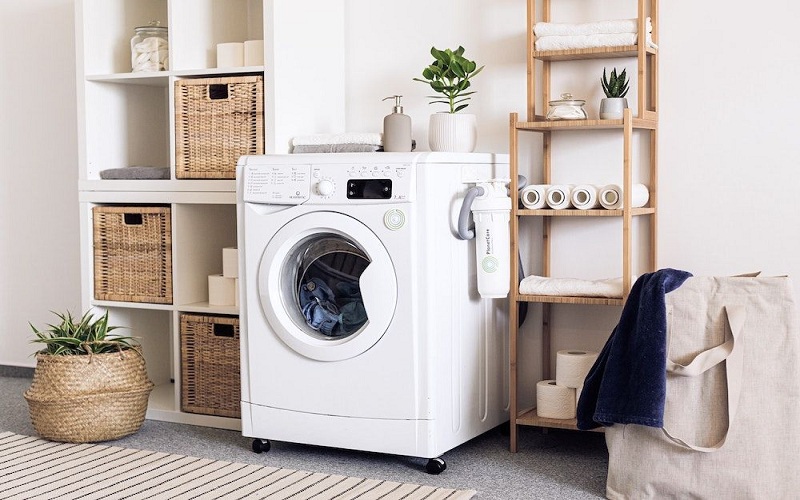Creating an eco-friendly home benefits the environment and brings substantial savings. This guide explores various Energy-Saving Tips for a Greener Home, providing insights, personal experiences, and expert advice to help you make informed choices.
Energy Audit and Efficiency Enhancement
Conducting a Comprehensive Energy Audit
Embark on your green journey by conducting a thorough energy audit. Identify areas where energy is wasted and prioritise improvements based on efficiency gains.
Upgrading Insulation for Optimal Efficiency
Enhance your home’s insulation to regulate temperature efficiently. Proper insulation reduces the strain on heating and cooling systems, promoting energy conservation.
Energy-Efficient Appliances
Investing in BEE Star-certified Appliances
Upgrade to BEE Star-certified appliances to maximise efficiency. These appliances are designed to consume less energy, translating into long-term cost savings.
Smart Thermostats for Precision Control
Install a smart thermostat for precise temperature control. Program it to adjust settings based on your daily routine, ensuring energy isn’t wasted when it’s not needed.
Renewable Energy Sources
Harnessing Solar Power
Explore the potential of solar power for your home. Solar panels can significantly reduce reliance on traditional energy sources, making your home more sustainable.
Wind Turbines for Clean Energy Generation
Consider small-scale wind turbines to harness wind energy. While not suitable for all locations, they can be a valuable addition to homes in windy regions.
Sustainable Lighting Solutions
Transitioning to LED Bulbs
Replace traditional bulbs with energy-efficient LED alternatives. LED bulbs consume less energy, last longer, and contribute to a brighter and greener home.
Utilising Natural Light Effectively
Optimize the use of natural light during the day. This reduces the need for artificial lighting, decreasing energy consumption and creating a healthier living environment.
Water Conservation Strategies
Installing Low-Flow Fixtures
Upgrade to low-flow faucets and showerheads to minimize water wastage. This conserves water and reduces the energy required to heat it.
Harvesting Rainwater for Everyday Use
Consider installing a rainwater harvesting system. Collected rainwater can be used for non-potable purposes, lessening the demand for municipal water supplies.
Landscaping for Energy Efficiency
Strategic Tree Planting for Shade
Planting trees strategically around your home provides natural shade, reducing the need for excessive cooling during hot seasons.
Green Roofs for Insulation and Cooling
Explore the benefits of green roofs, which offer natural insulation and help cool your home, contributing to energy savings.
Energy-Saving Tips for a Greener Home
Implementing small changes in your daily habits can contribute significantly to energy conservation. Consider these practical tips:
Turn off lights and appliances when not in use.
Unplug chargers and electronics when they’re fully charged.
Use energy-efficient window coverings to regulate temperature.
FAQs (Frequently Asked Questions)
Q: How much can I save by upgrading to Energy Star-certified appliances?
Investing in Energy Star-certified appliances can result in significant savings, with estimates suggesting a reduction of up to 30% in energy consumption.
Q: Are solar panels a viable option for homes in cloudy regions?
Yes, solar panels can still generate power in cloudy conditions, although their efficiency may be lower. Combining solar with other renewable sources may be a more viable solution.
Q: Can I install a rainwater harvesting system on my existing home?
Yes, rainwater harvesting systems can be retrofitted to existing homes. Consult with a professional to determine the most suitable setup for your property.
Q: How do green roofs contribute to energy efficiency?
Green roofs provide natural insulation, reducing the need for heating and cooling. They also absorb rainwater, decreasing runoff and minimizing strain on drainage systems.
Q: What is the lifespan of LED bulbs compared to traditional ones?
LED bulbs have a significantly longer lifespan, often up to 25,000 hours or more, compared to the 1,000 hours of traditional incandescent bulbs
Q: Can I use wind turbines in a residential setting?
Small-scale wind turbines suit some residential areas, especially those with ample wind. Check local regulations and consult with experts to determine feasibility.
Conclusion:
Creating a greener home is an achievable and rewarding endeavour. By implementing these Energy-Saving Tips for a Greener Home, you not only contribute to environmental preservation but also enjoy long-term savings and a more sustainable lifestyle.

